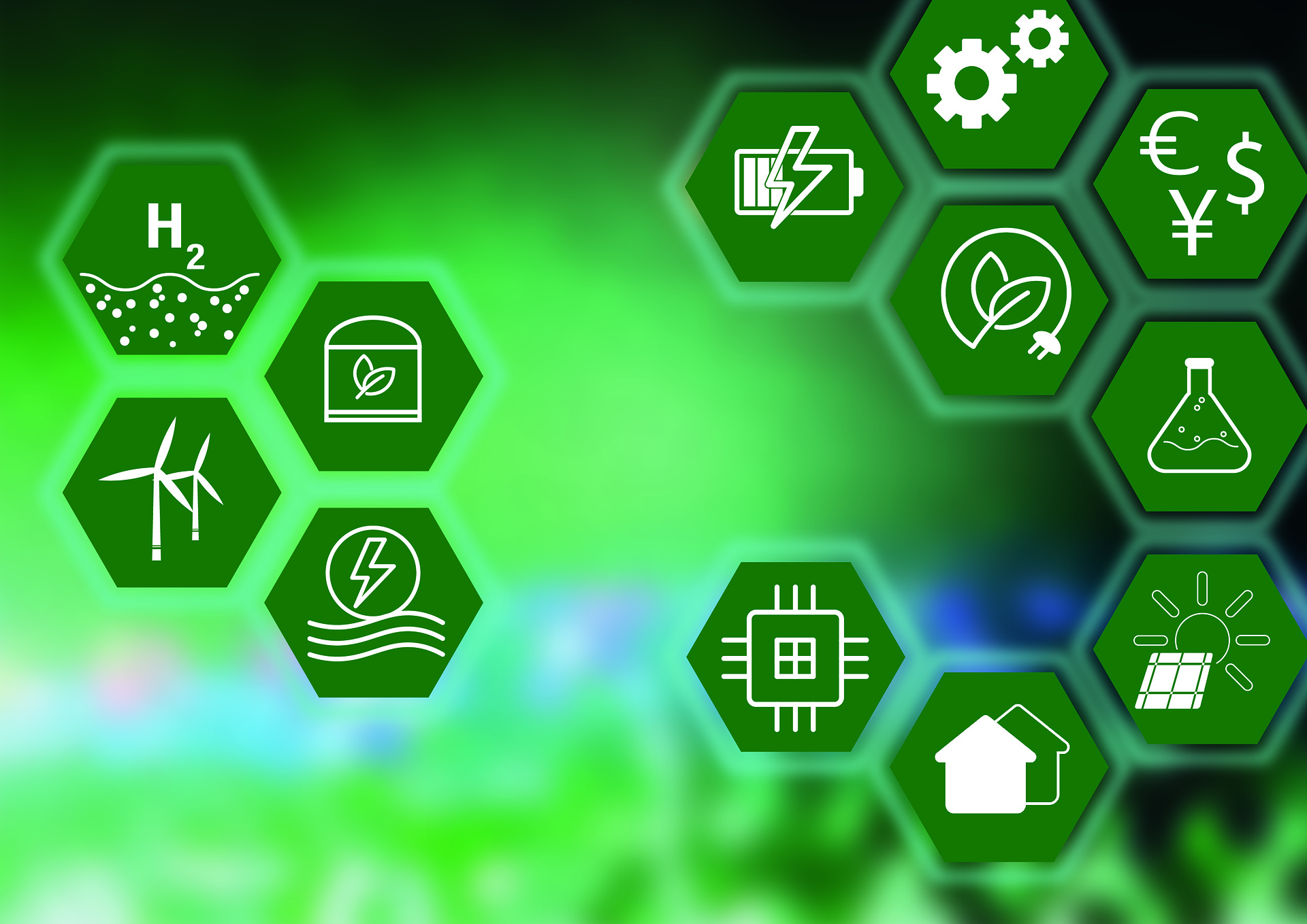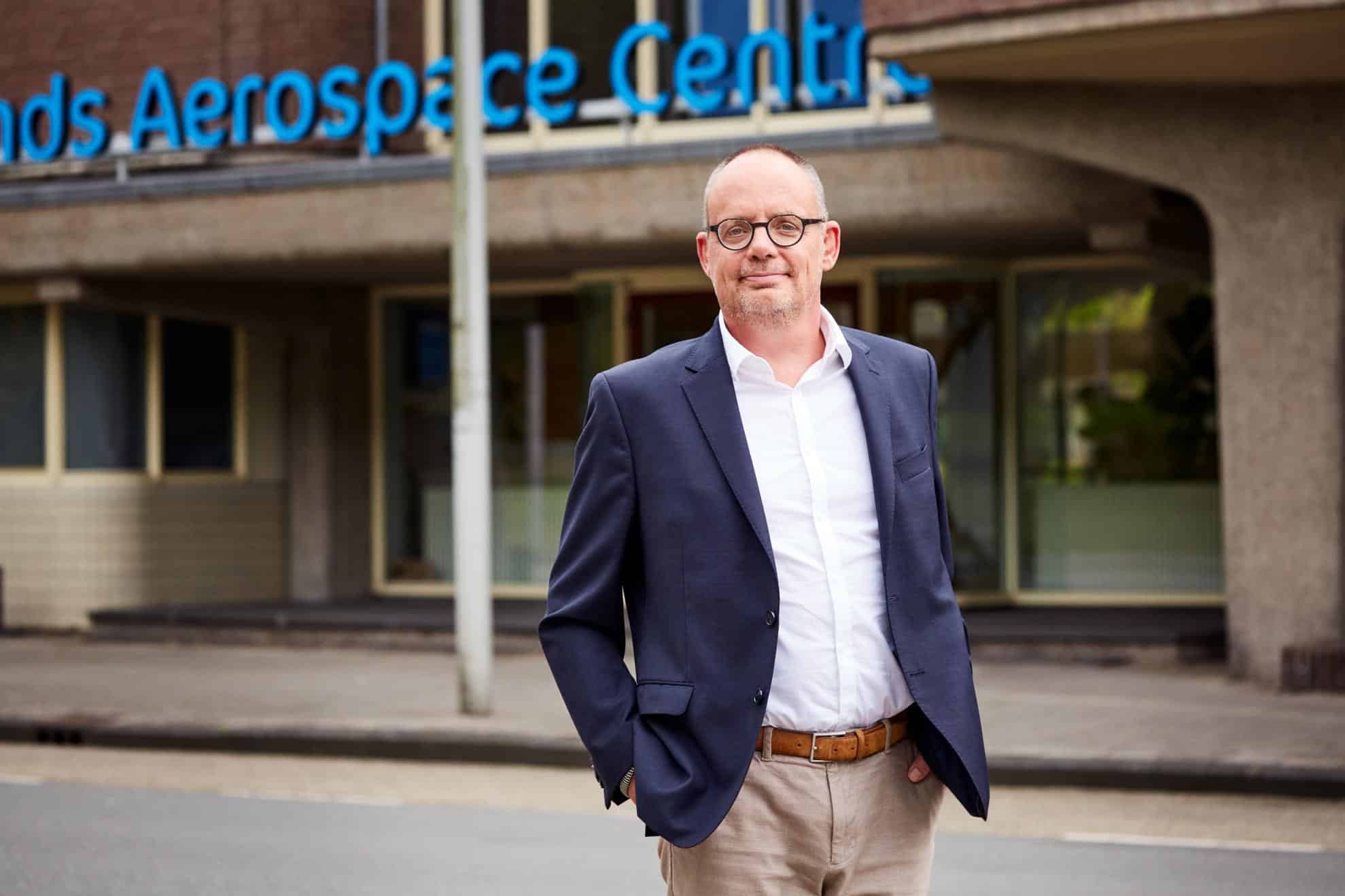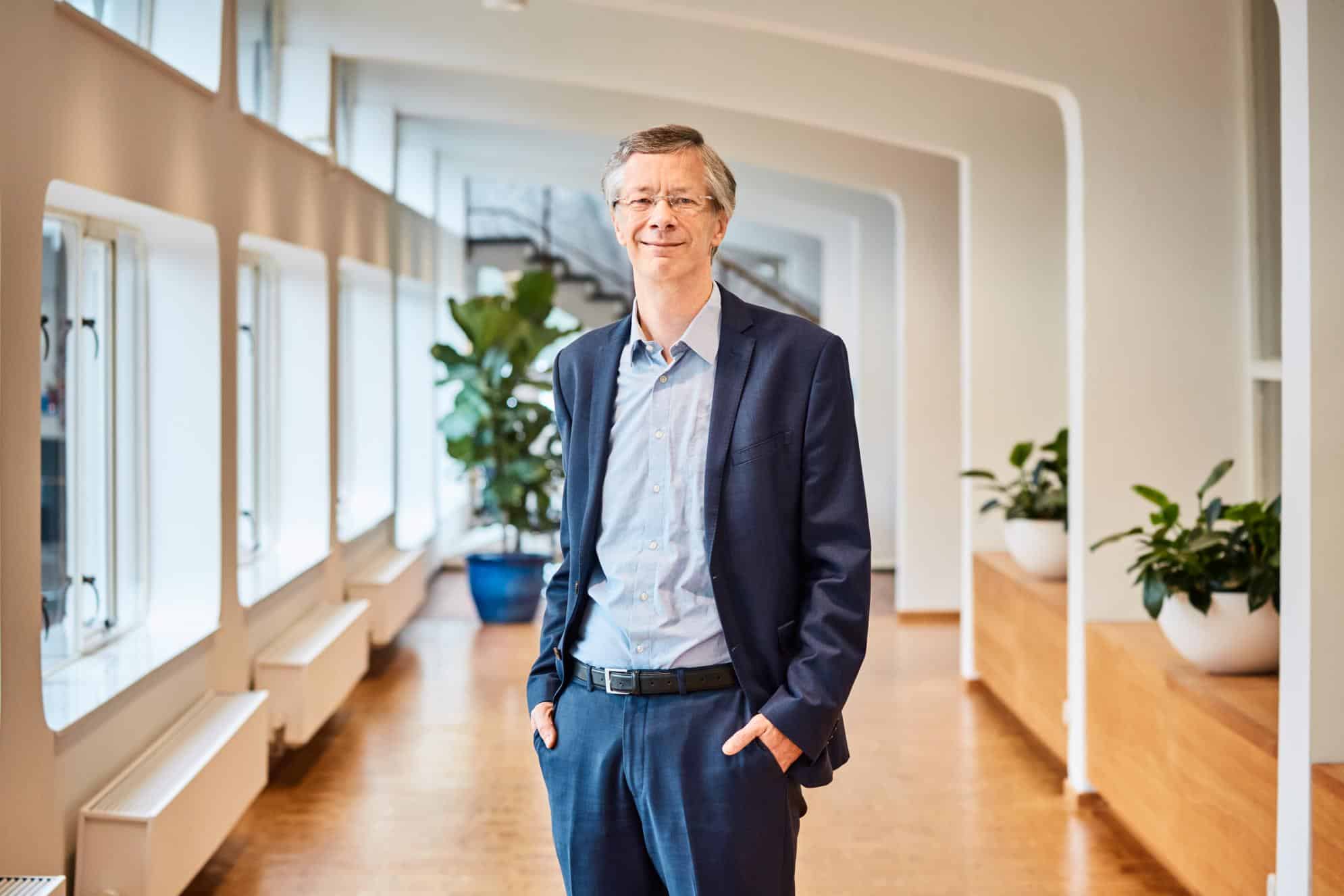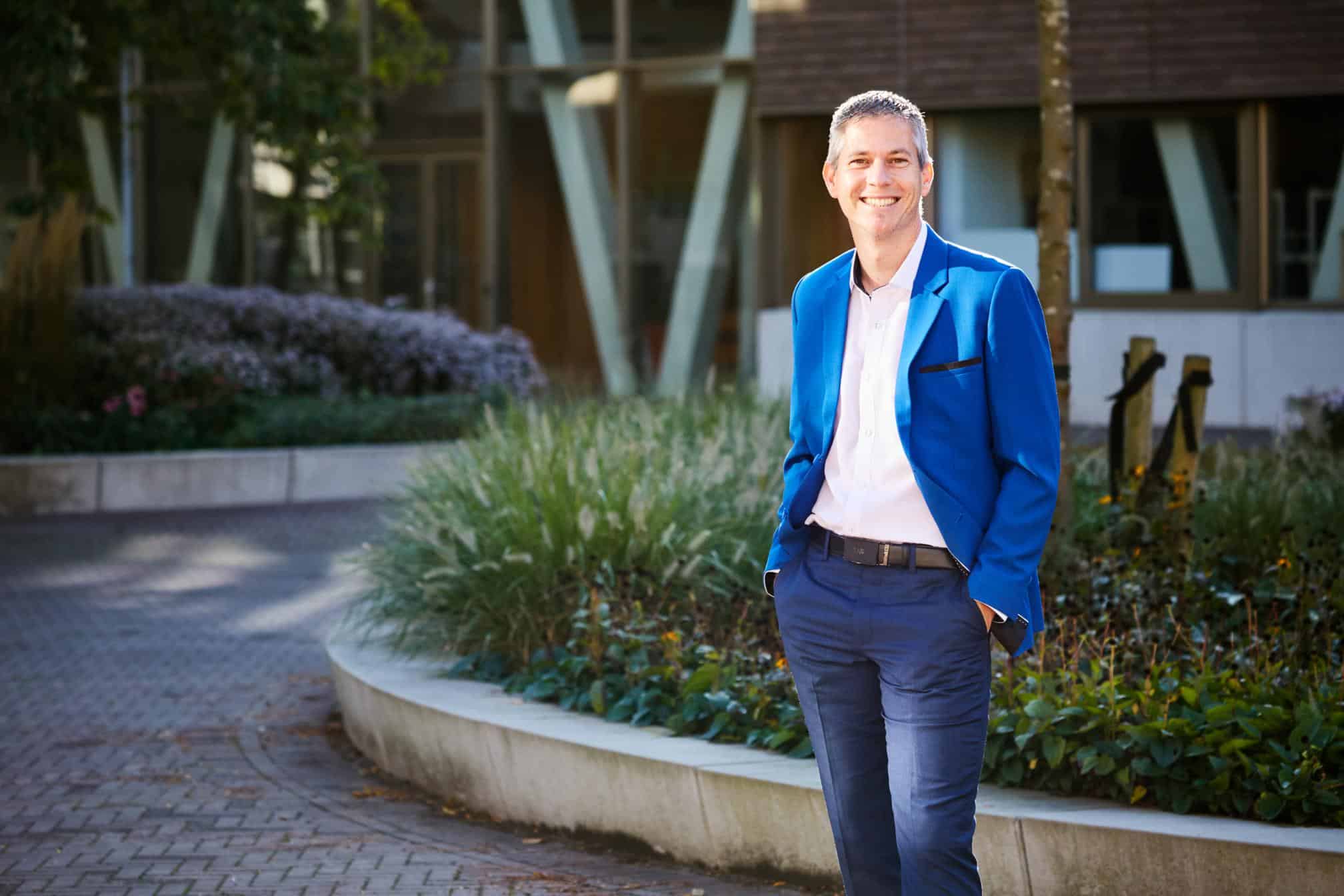
The Dutch government has great ambitions for hydrogen. The National Hydrogen Program demonstrates that the government wants to go all-out for hydrogen as the energy system of the future. But how is our hydrogen society and economy faring? In the summer series ‘The Netherlands, Hydrogen Land’, we discuss the current state of affairs with technicians and scientists on the basis of themes from the National Hydrogen Programme. In this eighth and final instalment: What if we don’t want hydrogen?
The National Hydrogen Program
At the beginning of July, the National Hydrogen Program (NWP) was presented to the Secretary of State by the cross-sectoral working group hydrogen (CSWW). CSWW is a collaboration between 19 organizations. The program stems from the government’s National Climate Agreement. The cabinet’s vision for hydrogen contains the policy agenda in which the central government’s commitment is laid out further. The period up to and including 2021 is the preparatory phase for the actual scaling up and roll-out of hydrogen from 2022 onwards. The second phase of the NWP – which is actually the real start – Is set to commence on 1 January 2022.
Green hydrogen is expensive right now. There is no demand for it as yet. Fossil fuels are simply cheaper. In order to make green hydrogen cheaper, it needs to be scaled up and that in turn requires that there is a greater demand for green hydrogen. It seems like a chicken-and-egg scenario. But what if we do not want hydrogen at all? Is there an alternative and what will that cost?
“It’s actually the other way around,” says Kornelis Blok, professor of Energy Systems Analysis at the Delft University of Technology (TU Delft). He sees three options for the future type of fuel needed in heavy industry and and the aviation and shipping sectors. Biofuels, fossil fuels with underground CO2 storage – also called carbon capture and storage (CCS) – or a synthetic fuel such as green hydrogen. “The reason why we want hydrogen so badly is because the other two alternatives are just not that popular. Not among politicians nor among citizens.”
Fuel
The climate problem is a long-term issue for Blok. “We have to get rid of CO2 emissions within 30 years. In the meantime, any reduction in what ends up in the air is a gain. Then I welcome fossil fuel applications that use CCS, such as blue hydrogen. Although that is not the solution for eternity.”
Biofuels are also widely used at present, Blok goes on to say. “You can scale these up relatively quickly. The problems that arise, we tend to solve as we go along.” Like the problem of indirect deforestation. In the places where biofuels were grown, other crops were supplanted. “And deforestation then happened in those places.”
The European Union carried out research into it. “It turned out that palm oil in particular led to that deforestation. That’s why the decision was made to phase out palm oil as a biofuel.” According to Blok, it is responsible to use biofuels in spite of these problems. “Something is definitely being done about the problems with biomass. Although there are still some excesses here and there, they are limited.”
Not cheap
None of these alternatives are cheap, Blok asserts. “CCS still costs around 100 euros per metric tonne of CO2 emissions that are prevented. Biofuels vary enormously. You have cheap waste streams that are still affordable, but as soon as you start growing biofuels, they are also quite expensive.” Green hydrogen may not be cheap, but the alternatives are even more expensive. Making those alternatives cheaper also doesn’t seem to be on the horizon either.
Nothing is ideal, in Blok’s opinion. For example, the ‘Belevingen’ (Perceptions) study conducted by Statistics Netherlands shows that Dutch people aged 18 and older, especially welcome the use of solar and wind energy. E.g., 83 percent and 73 percent respectively. “But if you ask people where the windmill for green energy should be located, then preferably not in their neighborhood.”
Even if more wind turbines are needed in the North Sea for green hydrogen, other interests are at play there, Blok says. “People do want something to happen, but the amount of space we have is limited.”
Viewpoints on use of energy sources, 2020, CBS

Energy density
According to Ronnie Belmans, Professor of electrical energy at the Catholic University of Leuven (KU Leuven, Belgium) and an advisor to the EnergyVille Board of Directors, hydrogen can do everything in theory, but nothing very well. He emphatically states that green hydrogen is “only good for applications in industry. It is very inefficient to use it for passenger transport or freight transport. That’s done much better with batteries. It is also much less efficient when it comes to heating houses compared to heat pumps.”
Using green hydrogen as a fuel for ships or aircraft traveling long distances is also an option. But that is more likely to be accomplished with ammonia, methanol or methane produced from hydrogen than with hydrogen per se, says Belmans. “The energy density of hydrogen is laughable,” he says. In gas form, it produces 0.01 MegaJoules of energy per liter, in liquid 10 MegaJoules per liter. The density of methanol is 15.6. “Comapare that to the energy density of diesel, 34.2. Then that means that if you want to use hydrogen in an airplane you will need a huge tank. With methanol you already need one twice as big.”
No rising demand
Belmans reads in many papers that researchers assume the demand for hydrogen in industry is increasing. However, Agora research shows that the demand is remaining constant. Now, hydrogen use largely involves chemicals and refineries, Belmans explains. Refineries use it to make fuel for cars, airplanes and ships, among other things. “As the demand for fossil fuels disappears, that hydrogen is then no longer needed in the refineries. But more hydrogen is needed again to recycle plastics, for one thing. So, on the one hand the demand is dropping while on the other hand the demand is rising.”

Putting high stakes on hydrogen, as the NWP envisages, is illogical as far as Belmans is concerned. “The Netherlands is talking about 4 GigaWatt of electrolysers with green electricity – forget it!” Green hydrogen requires green electricity in the form of solar or wind power. “We have to import that green hydrogen or other molecules from places where green energy is abundant.” Belmans and his research group calculated how much green energy we can expect over time. “The supply is systematically increasing. By 2030, companies in solar and wind power are predicting that they will be producing about 1650 TerraWatt hours in Europe. That will increase to about 5050 TerraWatt hours by 2050. That’s purely the demand for solar and wind power for our normal electricity consumption, transportation, electric heat pumps and increased industrial usage in new applications.”
More efficient applications
If you use that green energy for the 4 GigaWatt of electrolyzers in order to make green hydrogen, you take that power away from other more efficient applications, Belmans argues. “Then grey energy or ‘good old’ fuel is used again for that, which then increases CO2 emissions. Producing green hydrogen takes away green electricity used for applications that are more efficient.”
There is no silver bullet, according to Belmans. For him, however, it is clear that hydrogen is not the “obvious winner”. That such high stakes are being placed on it Belmans explains with the “Hammer Syndrome,” from Maslow. “If you always use a hammer, then you treat every problem like a nail.” This is how Belmans looks at what is happening in the Netherlands. “The Netherlands is experienced with pipelines and is looking for a solution that uses those pipelines.”
Everything is needed
According to Blok, Belmans’ efficiency argument is correct. “But as my colleague Ad van Wijk says, it doesn’t matter. What matters is how much it costs.” For example, solar panels in the Sahara produce 2.5 times as much power, Blok points out. “Then you’ve offset a lot of that efficiency loss again. The efficiency argument is correct, but not the decisive factor. You sometimes have to have that combination because you often don’t have an alternative to fuel.”
Hydrogen is not the answer to everything, Blok adds. “We need all alternatives to fossil fuels and electricity to meet climate targets. So, we also need green hydrogen. We just have to figure out what we’re going to use it for.”
The question “what if we don’t want hydrogen,” doesn’t seem to really matter. We need all the alternatives available in order to be carbon neutral by 2050. That is going to cost money anyway. Will the government dare to invest and make some big decisions, or will it stick to research and exploration?
Would you like to read more about hydrogen? Read the complete series here.








